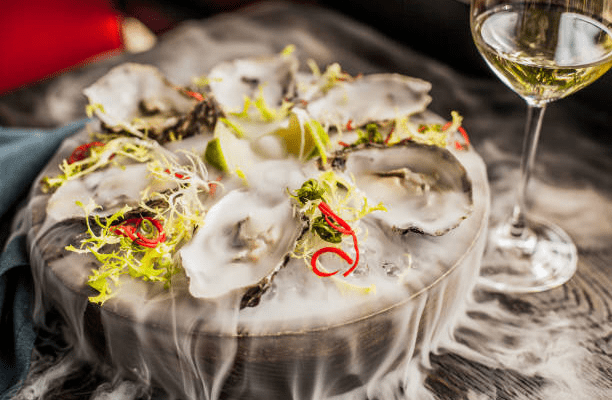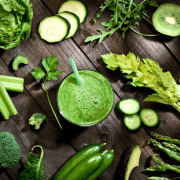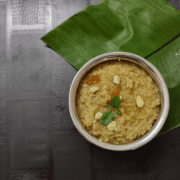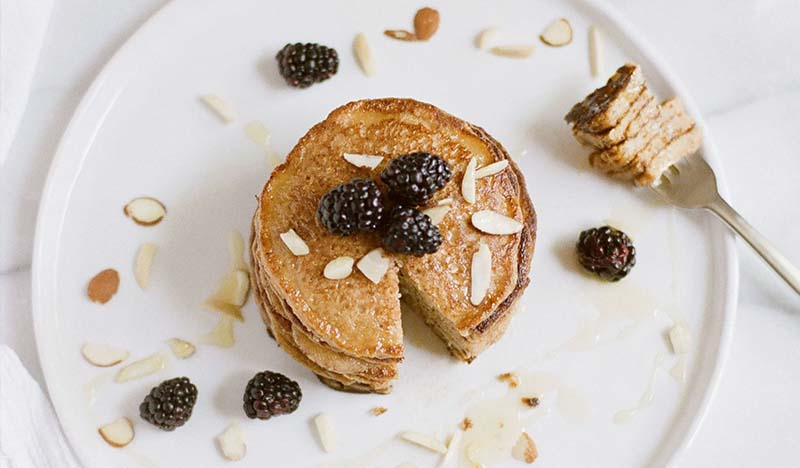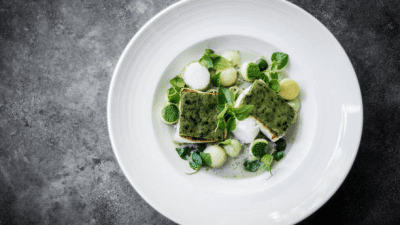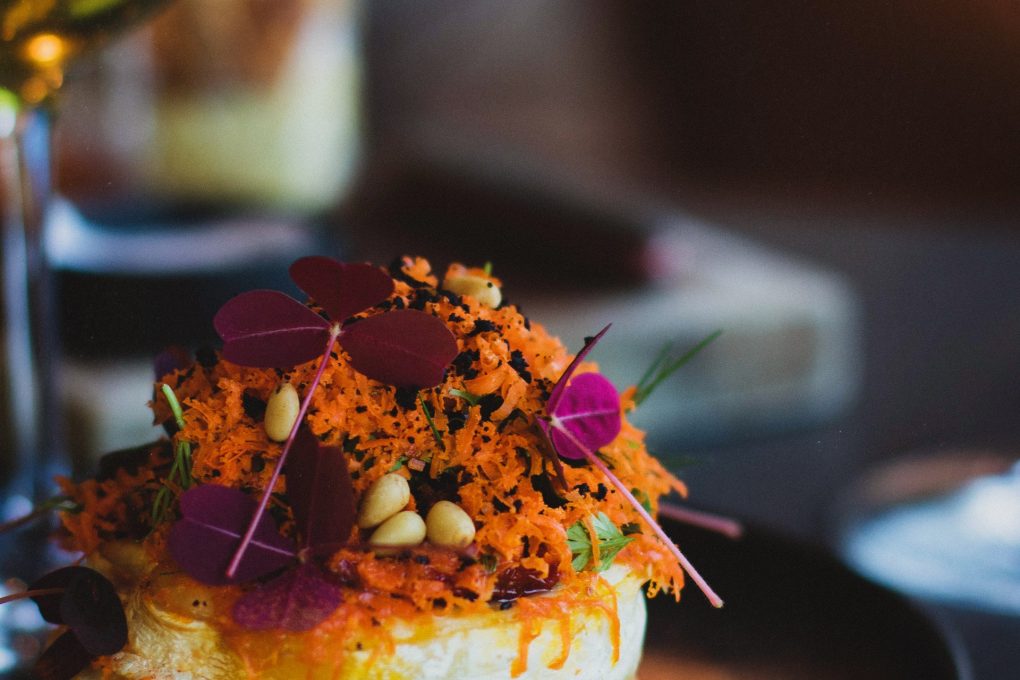Molecular gastronomy – the term itself may sound like something straight out of a chemistry lab, but it’s actually an exciting and innovative approach to cooking that has taken the culinary world by storm. In this blog post, we will embark on a gastronomic journey to discover the fascinating world of molecular gastronomy. From understanding what it is to exploring the techniques involved, learning about Indian chefs who have embraced it, and the delectable Indian dishes that have been transformed by it, we’ll delve deep into this culinary marvel. So, put on your chef’s hat and let’s dive into the exciting realm of molecular gastronomy!
What is Molecular Gastronomy?
Molecular gastronomy is a culinary discipline that blends science and art to create innovative and visually stunning dishes. It’s not just about cooking; it’s about experimenting with the chemical and physical transformations of ingredients to produce surprising and delightful results. In essence, it’s a culinary adventure where chefs use scientific principles and techniques to transform the ordinary into the extraordinary.
Imagine a dish where you take a single bite and experience a burst of flavor that lingers on your palate. That’s the magic of molecular gastronomy – creating a symphony of taste and texture that leaves diners in awe. It’s all about pushing the boundaries of traditional cooking and exploring new dimensions of flavor, presentation, and texture.

Types of Techniques in Molecular Gastronomy
Molecular gastronomy encompasses a wide array of techniques and methods that elevate cooking to an art form. Here are some of the most popular techniques employed in this culinary discipline:
1. Spherification
Spherification involves turning liquid ingredients into small spheres, giving dishes a unique and surprising texture. Think of tiny caviar-like pearls bursting with flavor.
2. Foaming
Foaming is all about creating frothy, airy textures in dishes. From foamed cocktails to frothy soups, this technique adds a playful element to food.
3. Gelification
Gelification involves turning liquids into gels or semi-solid textures. This technique is often used to create stunning culinary presentations.
4. Deconstruction
Deconstruction is the art of breaking down a traditional dish into its components and presenting them in a new and exciting way. It’s all about deconstructing flavors and rebuilding them into something extraordinary.
5. Sous Vide
Sous vide is a technique where food is vacuum-sealed in a bag and cooked slowly in a water bath at a precise temperature. It results in tender and perfectly cooked dishes.
These techniques are just the tip of the iceberg when it comes to molecular gastronomy. Chefs are constantly experimenting and inventing new methods to surprise and delight diners.

Which Indian Chefs are Using Molecular Gastronomy?
Molecular gastronomy has made its mark on the global culinary stage, and India is no exception. Several Indian chefs have embraced this innovative cooking style, creating unique and unforgettable dining experiences. Let’s meet a few of these trailblazing chefs:
1. Vikas Khanna
Vikas Khanna is a renowned Indian chef who has made significant contributions to molecular gastronomy. His restaurant, Junoon, located in New York, is known for its creative fusion of Indian flavors with molecular techniques. Dishes like “Chicken Tikka Pie” and “Gulab Jamun Sorbet” have left food enthusiasts raving.
2. Gaggan Anand
Gaggan Anand, the mastermind behind Gaggan, a Michelin-starred restaurant in Bangkok, is known for pushing the boundaries of traditional Indian cuisine. His 25-course tasting menu is a journey through the world of molecular gastronomy with dishes like “Lick It Up” and “Charcoal.”
3. Manish Mehrotra
Manish Mehrotra, the executive chef of Indian Accent, combines modern techniques with Indian flavors to create a culinary masterpiece. His “Potato Sphere Chaat” and “Meetha Achaar Pork Spare Ribs” are prime examples of his innovative approach.
These chefs have not only introduced molecular gastronomy to the Indian culinary landscape but have also garnered international acclaim for their creative and delectable dishes.

Indian Dishes Made with the Help of Molecular Gastronomy
Molecular gastronomy has breathed new life into traditional Indian dishes, transforming them into contemporary culinary wonders. Here are some iconic Indian dishes that have undergone a molecular makeover:
1. Butter Chicken Ravioli
The classic butter chicken is reinvented as delicate ravioli pockets filled with the rich and creamy curry sauce. This dish offers a burst of familiar flavors in a new and exciting presentation.
2. Dahi Puri Sorbet
Dahi puri, a beloved Indian street food, is transformed into a refreshing sorbet. The tangy yogurt, crispy puris, and spicy chutney are transformed into a delightful frozen treat.
3. Rasgulla Caviar
Rasgulla, a popular Indian sweet, is reimagined as caviar-like spheres. Each bite bursts with the sweetness of the traditional dessert.
These dishes showcase the incredible versatility of molecular gastronomy, where traditional ingredients and flavors are reinterpreted to create a multisensory experience.
Indian Restaurants Serving Molecular Gastronomy in India
If you’re eager to embark on a molecular gastronomy adventure in India, you’re in luck. The country is home to several restaurants that offer this unique culinary experience. Here are a few notable ones:
1. Masala Library, Mumbai
Masala Library, under the guidance of Chef Jiggs Kalra, combines traditional Indian recipes with modern cooking techniques. Their “Butter Chicken Bao” and “Edible Charcoal” are must-try dishes.
2. Farzi Café, Multiple Locations
Farzi Café, with outlets in various cities, is known for its playful and innovative approach to Indian cuisine. The “Dal Chawal Arancini” and “Mutton Shorba Quesadilla” are culinary delights.
3. Avartana, Chennai
Avartana, located in Chennai, offers a fine dining experience with a focus on South Indian cuisine. Their “Dosa Mousse” and “Filter Coffee Tiramisu” are a testament to the marriage of tradition and innovation.
These restaurants are not just places to eat; they are culinary destinations that promise a memorable and exciting dining experience.
Conclusion
Molecular gastronomy is a culinary movement that continues to captivate food enthusiasts worldwide. It’s a testament to the boundless creativity of chefs who dare to push the boundaries of what’s possible in the kitchen. With its marriage of science and art, molecular gastronomy promises a future of endless culinary possibilities. So, the next time you dine out, don’t be surprised if your dish arrives in a form you’ve never seen before. Embrace the magic of molecular gastronomy, and let your taste buds embark on a delightful journey through the world of culinary innovation.
Also read- 5 Most Popular Seafood Restaurants in KR Puram
